10 Cars Lotus Helped Develop

For a company that’s never exactly set the world alight with sales, even by sports car standards, the name Lotus carries an astonishing amount of clout in the car world – not just among enthusiasts, but with other car companies too.
Mind you, this shouldn’t come as a surprise. Very few carmakers understand exactly what makes a car feel good the way Lotus does, so it’s no surprise that lots of other manufacturers have turned to the small village of Hethel, Norfolk, for a dash of engineering excellence.
Just look at these 10 cars – some of them feature enough Lotus involvement to warrant a name change, while in others the company’s work turns up in highly unexpected places. All of them, though, have been improved to some degree by a bunch of very talented people in Britain’s flattest county.
Lotus Cortina
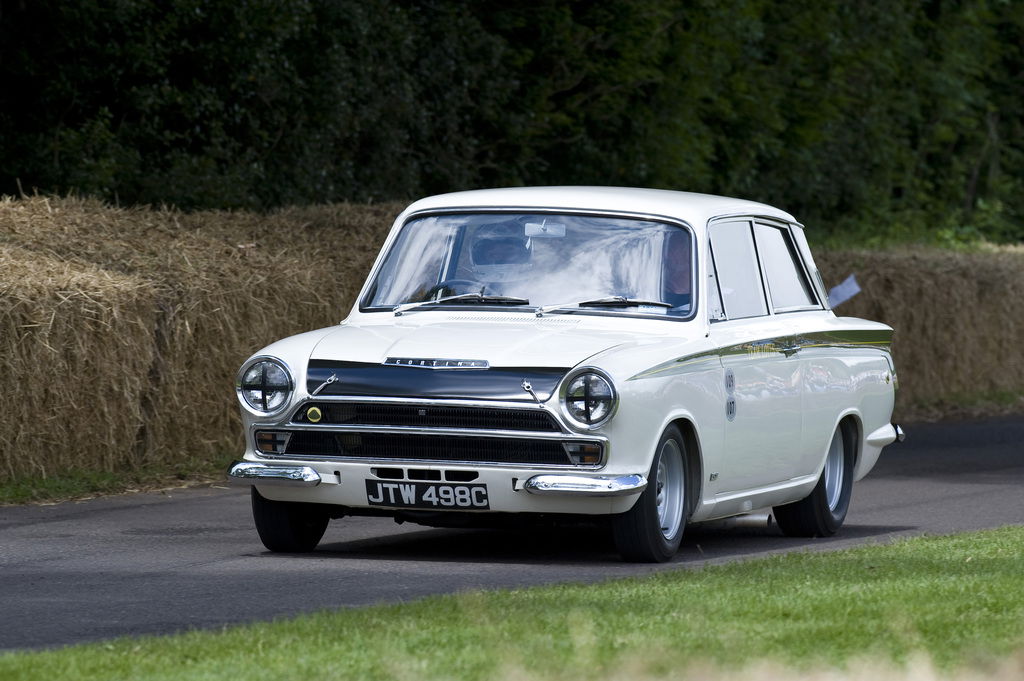
This is the daddy, the first time the Lotus badge found its way onto a tweaked version of another company’s otherwise unremarkable road car. Ford and Lotus had already been working together for a while, with Lotus’ twin-cam four-cylinder engine based around a Ford design.
It was that engine, in 1.6-litre form, that served as the basis for the Lotus Cortina, a fettled version of Ford’s family saloon designed to go touring car racing. Producing 105bhp, and paired with lightweight alloy panels and thoroughly reworked suspension, the Cortina was a rocketship by the standards of the early 1960s, and set the tone for several more Lotus collaborations with other companies.
Talbot Sunbeam Lotus
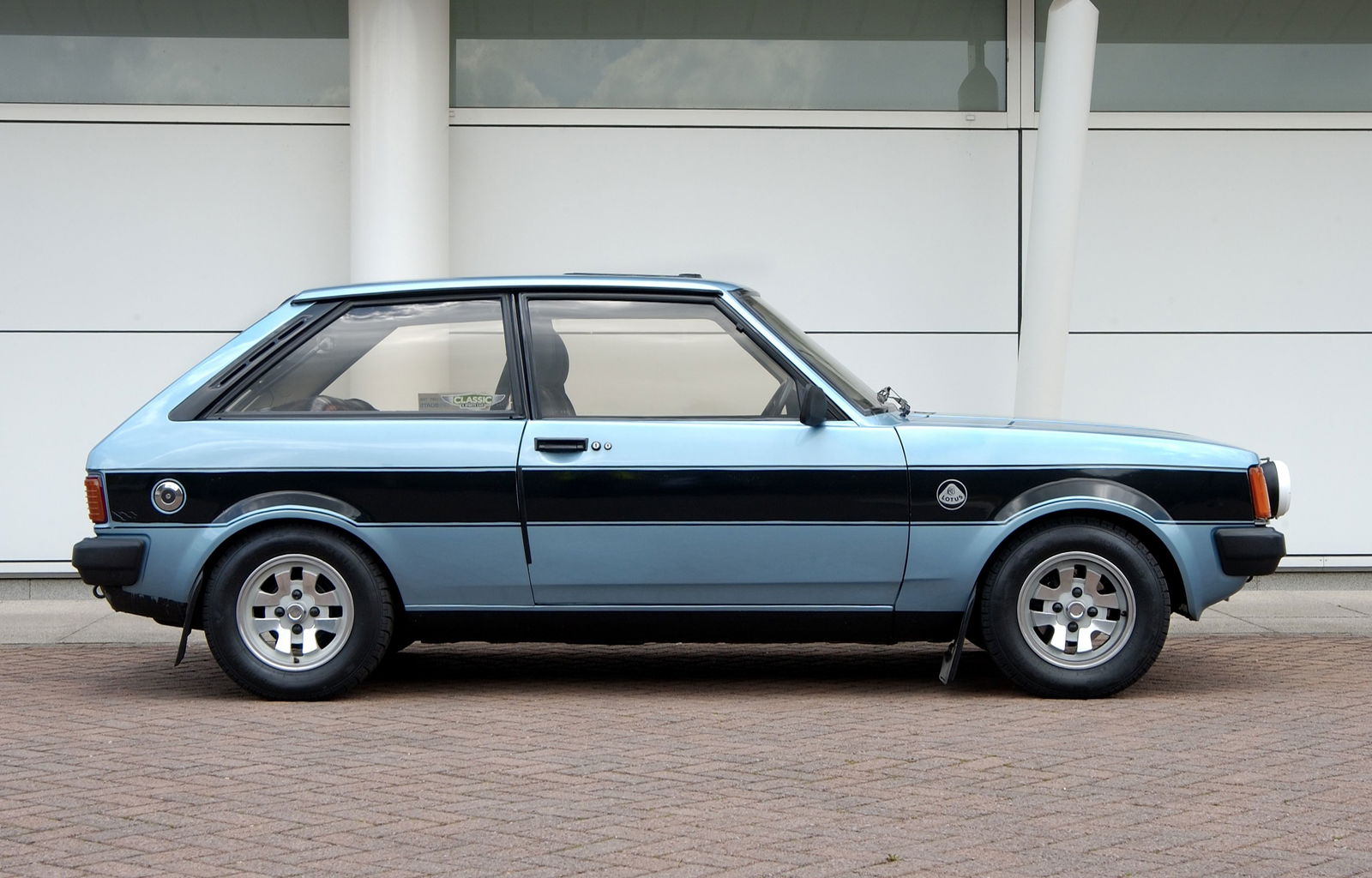
Another company would seek Lotus’ help to prepare a car for motorsport in the late ’70s, when Talbot – a marque that had bounced around various ownerships, but was by then part of Peugeot-Citroen – wanted to take its Sunbeam hatchback rallying.
Cue Lotus throwing in one of its in-house 2.2-litre four-cylinder engines, churning out 150bhp, which made the short-wheelbase, rear-drive Sunbeam Lotus a rather tail-happy affair. It was a big success in rallying, clinching the 1981 WRC Championship for Talbot, and on the road, it’s a member of the highly exclusive rear-wheel drive hot hatch club.
Lotus Carlton
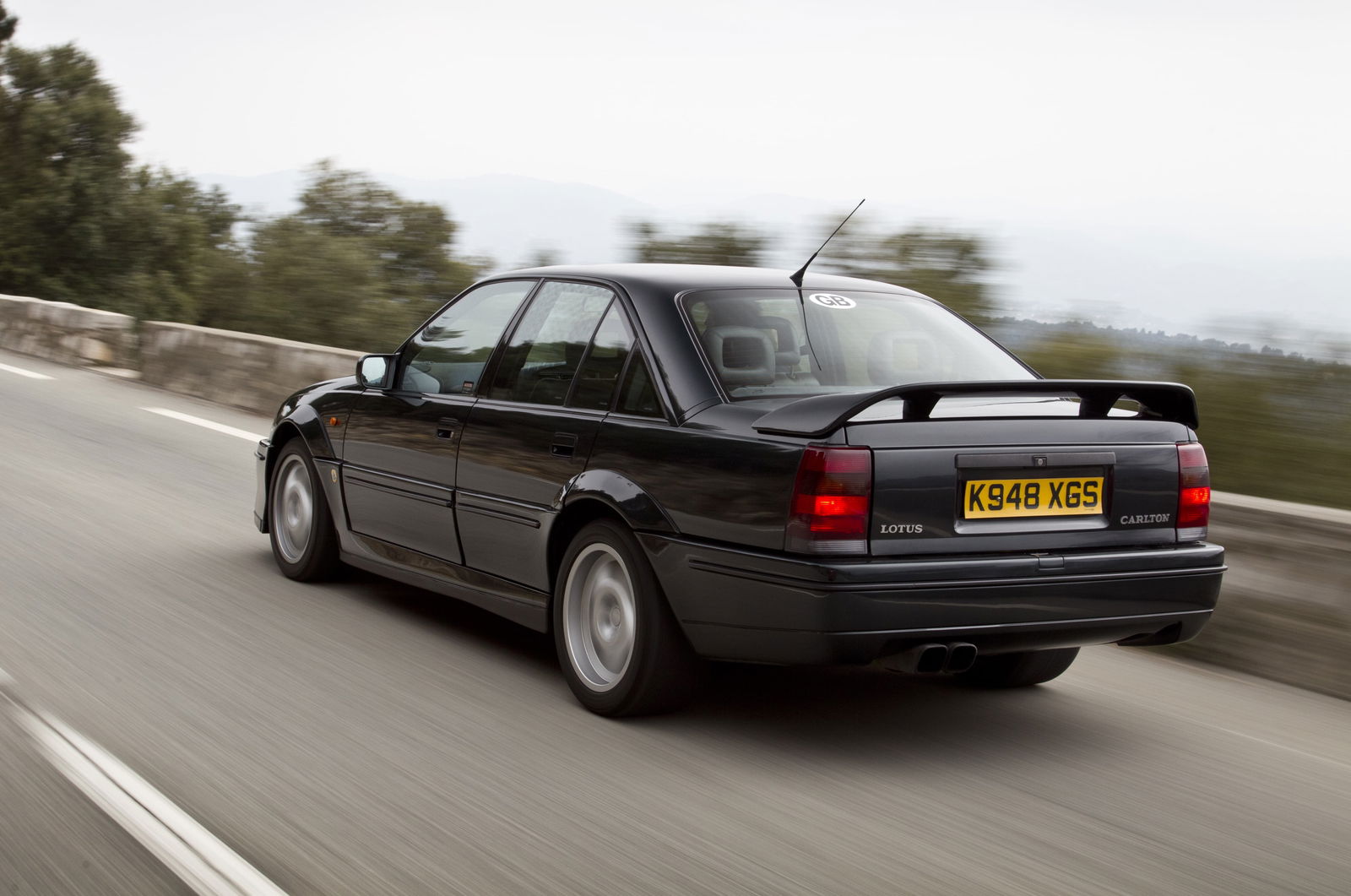
Not many cars come with such mythos surrounding them as the Lotus Carlton, from its condemnation in the Houses of Parliament to the infamous example with the registration 40 RA that was stolen and subsequently outran the West Midlands Police for months on end. And it was all based on an otherwise forgettable Vauxhall executive saloon.
To create the Lotus Carlton – badged as the Lotus Omega in Europe – Lotus took the standard Carlton’s 3.0-litre straight-six, bored it out to 3.6 litres, and threw on two massive turbochargers so it churned out 377bhp. Capable of hitting 62mph in 5.4 seconds and a (possibly conservatively estimated) top speed of 176mph, it was easily the fastest saloon car of its day, and with a Lotus-fettled suspension setup, it handled too.
Proton Jumbuck
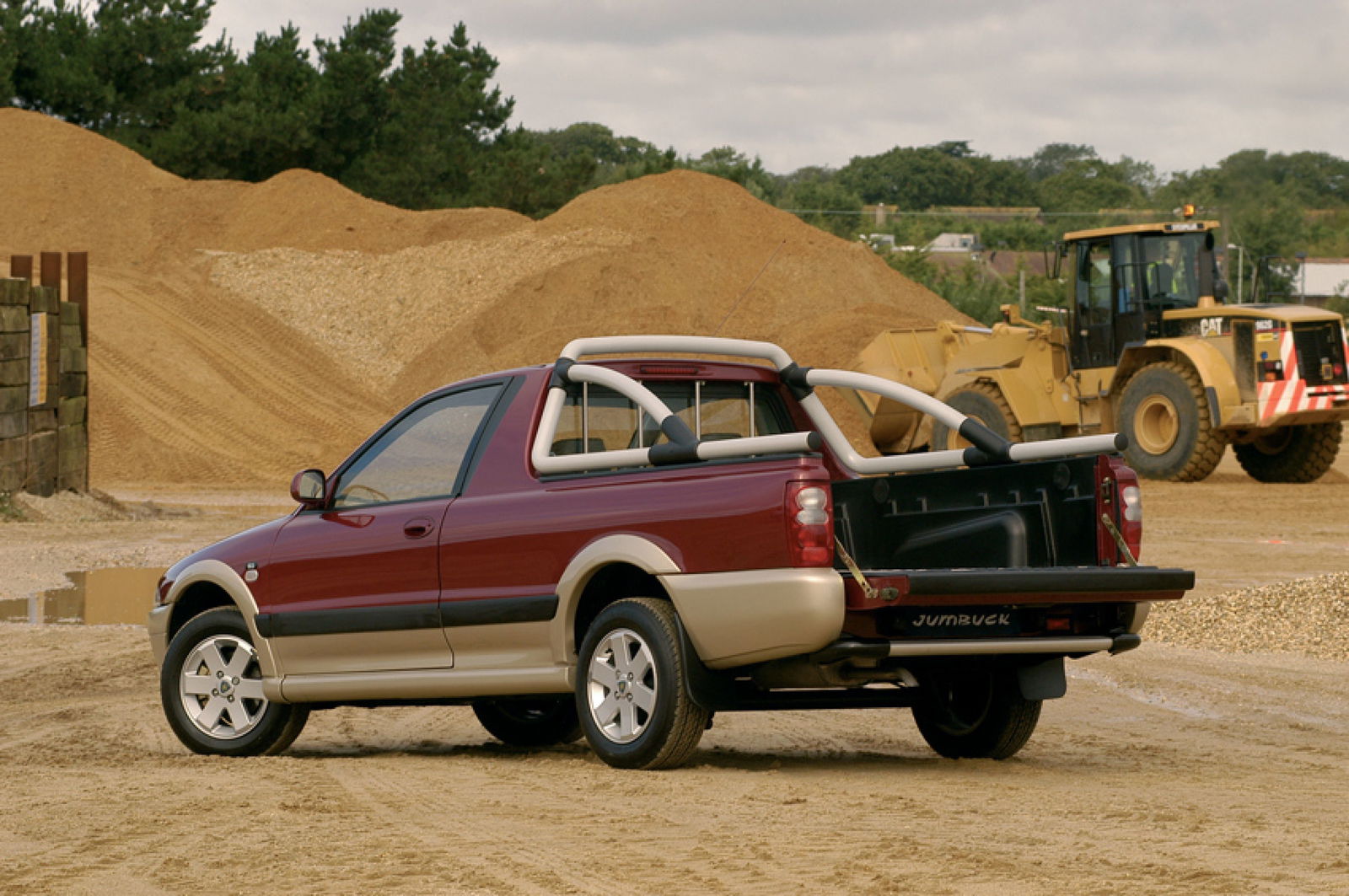
Lotus’ relationship with Proton is no secret – the Malaysian company owned a majority share in the British one between 1996 and 2017. In return for some much-needed financial stability for Lotus, Proton leveraged Hethel’s considerable engineering expertise for a number of its models.
You’re probably aware of the underrated Satria GTi hot hatch, which wore its ‘Handling by Lotus’ badges proudly, but did you know Lotus also had a hand in the chassis setup of the Jumbuck, a curious baby ute briefly sold in the UK? It’s certainly the only commercial vehicle we know of to have that honour.
Chevrolet Corvette ZR1 C4
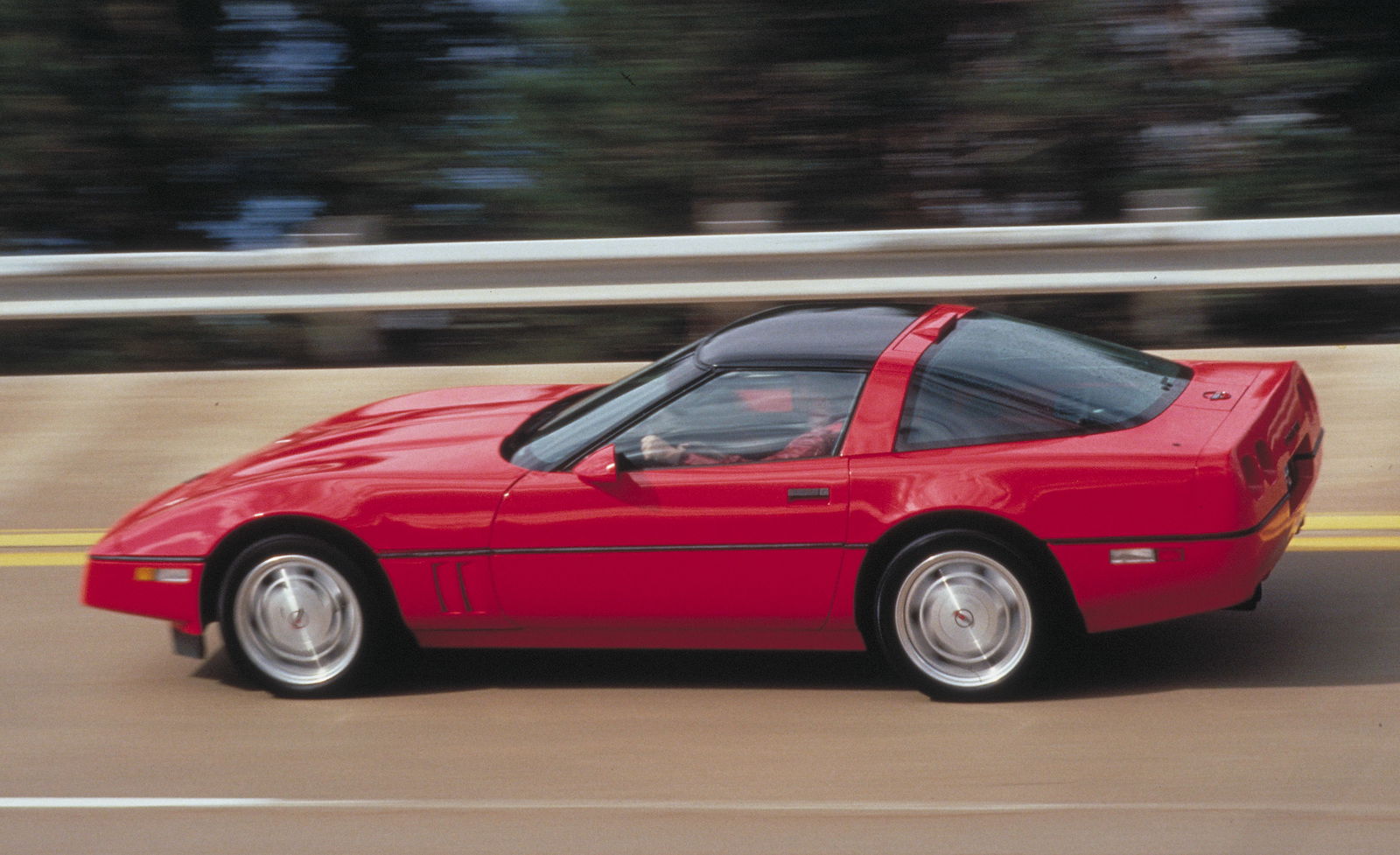
Normally, it’s in the chassis department where other companies turn to Lotus for help. However, while the range-topping ZR1 version of the fourth-generation Chevrolet Corvette did get Norfolkian input on its brakes and suspension, the major work Lotus (then a General Motors subsidiary) did here was in the powertrain.
To extract more power from the standard car’s 5.7-litre V8, Lotus developed a quad-cam, 32-valve version of the engine. Codenamed LT5, it developed 375bhp (later upped to 405bhp), while even the next-most powerful member of the ’Vette range had to make do with 250bhp, and was so different from the standard engine that GM had to contract building it out to its marine division.
Isuzu Piazza
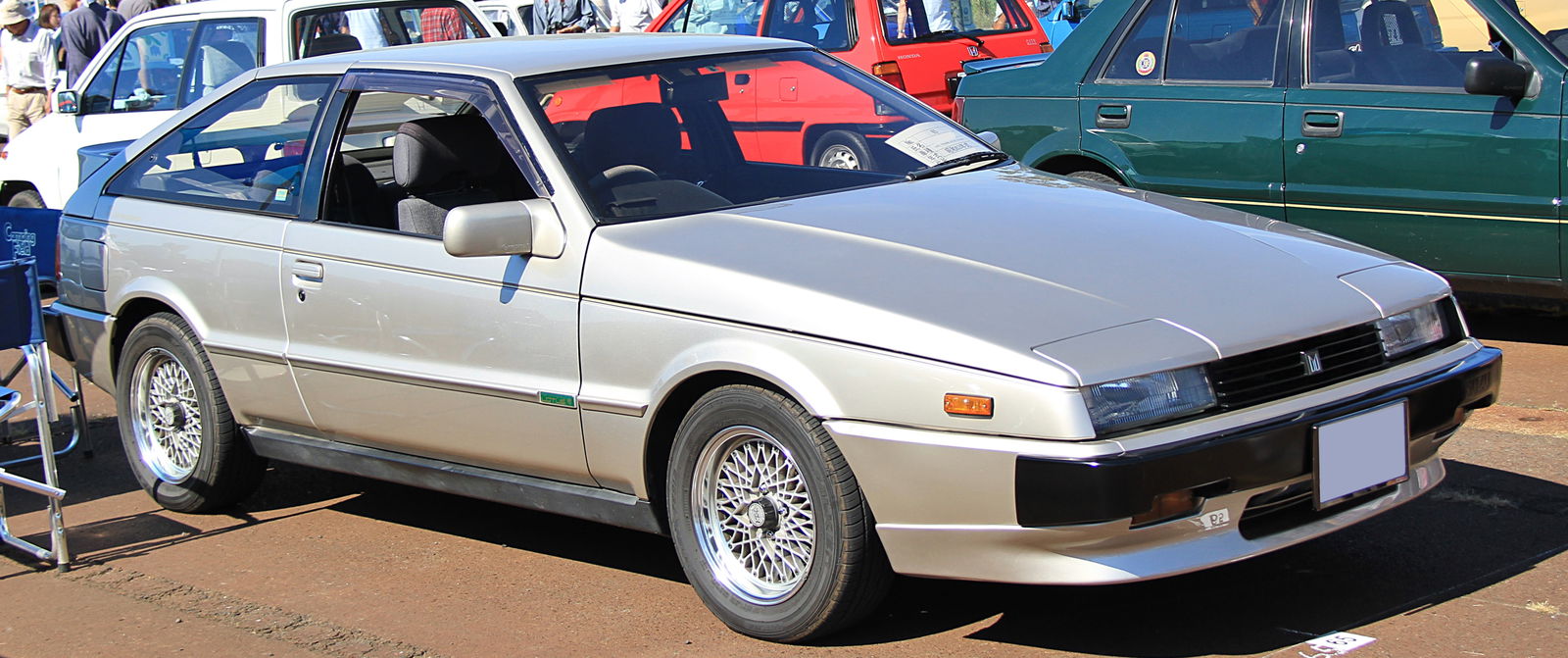
These days, Isuzu only builds pick-up trucks, body-on-frame 4x4s and actual lorries. Back when it had a broader product range, one of its offerings was the Piazza, a pretty Giugiaro-styled liftback coupe.
It received an entire Handling by Lotus trim level, featuring reworked suspension and new brakes and tyres, plus some cosmetic tweaks. While it wasn’t enough to stop the Piazza from being a commercial flop, the idea today of a car with Giugiaro styling and a Lotus chassis holds real appeal – if you can only track one down.
Hyundai Genesis
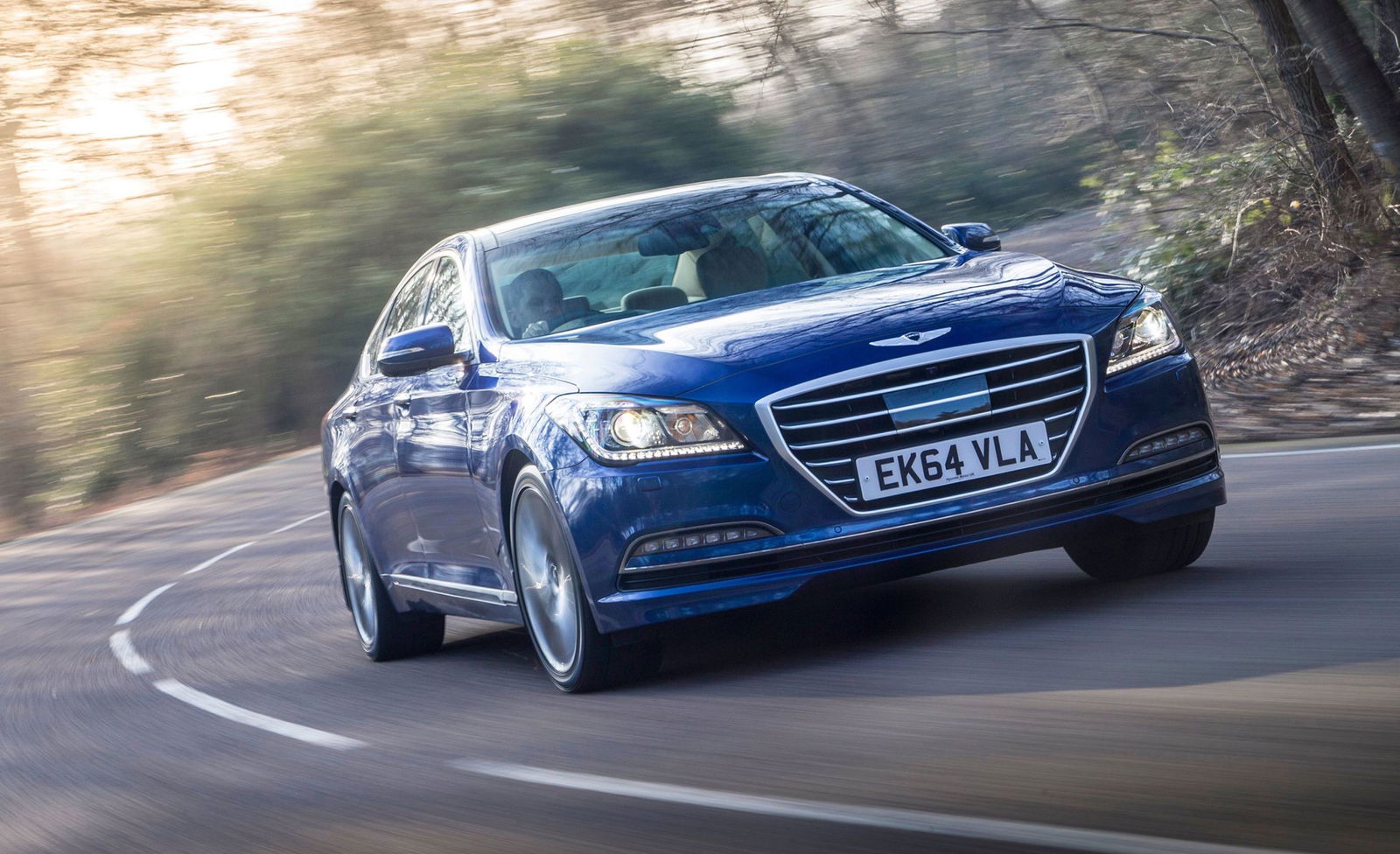
No, not the Genesis Coupe, or any of the models from Genesis’ current incarnation as a spin-off luxury brand, but the Hyundai Genesis, a big 5 Series-sized exec saloon which, in its second-generation form, was very briefly sold in the UK. Not that anyone noticed.
It was this second-gen car that Hyundai called in Lotus’ help for. The company had input on the Genesis’ suspension setup, to the extent that Lotus’ top chassis engineer even went along on the Hyundai’s press launch to answer questions.
Aston Martin Vanquish
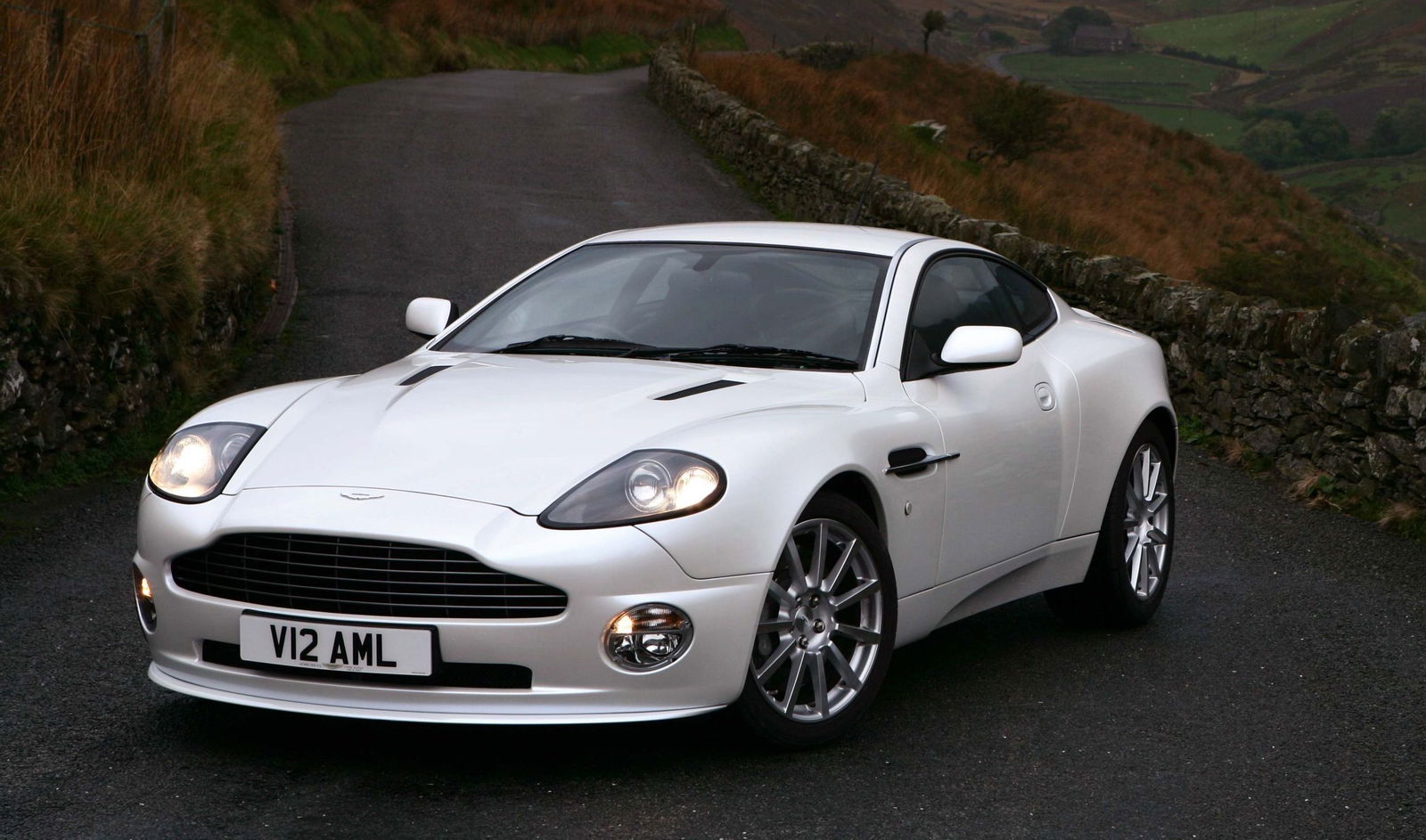
This is where things start to get a little murky. It’s known that Lotus had some hand in developing the bonded aluminium chassis of the original 2001 Aston Martin Vanquish, but detailed concrete information is hard to come by.
Its aluminium construction wasn’t too far removed from the one Lotus had pioneered with the original Elise, which is perhaps why Aston called on the company’s services. It also had input on Aston’s later VH chassis, which underpinned basically everything it built from the DB9 to the introduction of the DB11.
Nissan GT-R
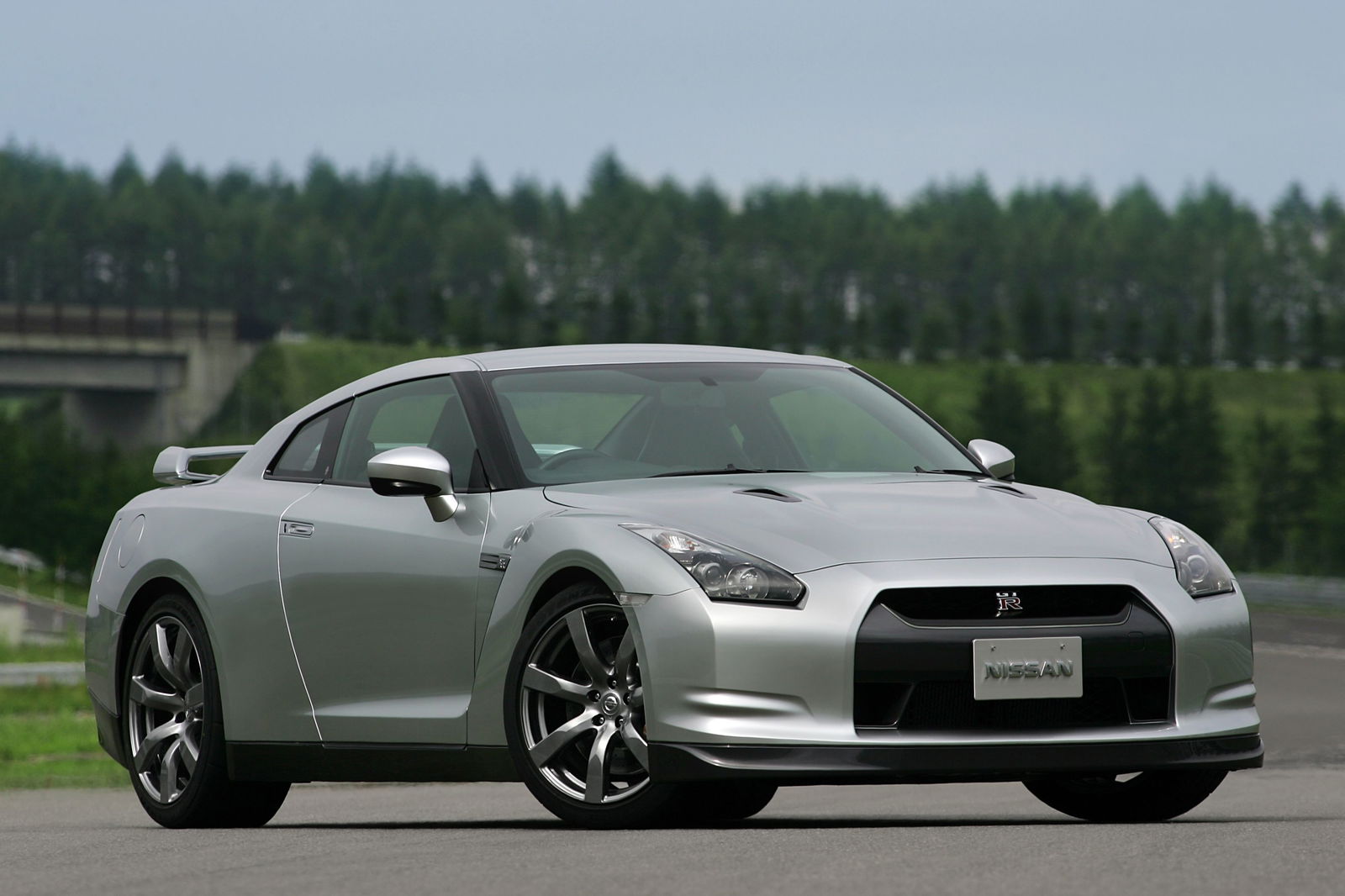
Cast your mind back to 2008, and Jeremy Clarkson thrashing the then-new R35 Nissan GT-R around Fuji Speedway. He says something to the effect of “I was going to tell you about how its spine was secretly developed by Lotus,” before the GT-R’s sheer G-forces apparently prove too much for his neck muscles.
What? How can you leave us hanging like that, Jeremy? Lotus’ involvement in the R35’s development is still shrouded in mystery. Someone on the GT-R Life forums has archived a press release that at least confirms that Lotus helped refine the car’s aerodynamics, but another thread looking for further information typically devolves into an argument about video games instead. Sigh. Clarkson’s comment certainly suggests that Lotus’ involvement was more in-depth than mere aero, but it seems like we’ll never know.
 Lotus-Emira-Clark-Edition-Dynamic-Hero.jpg?width=1600)


Comments